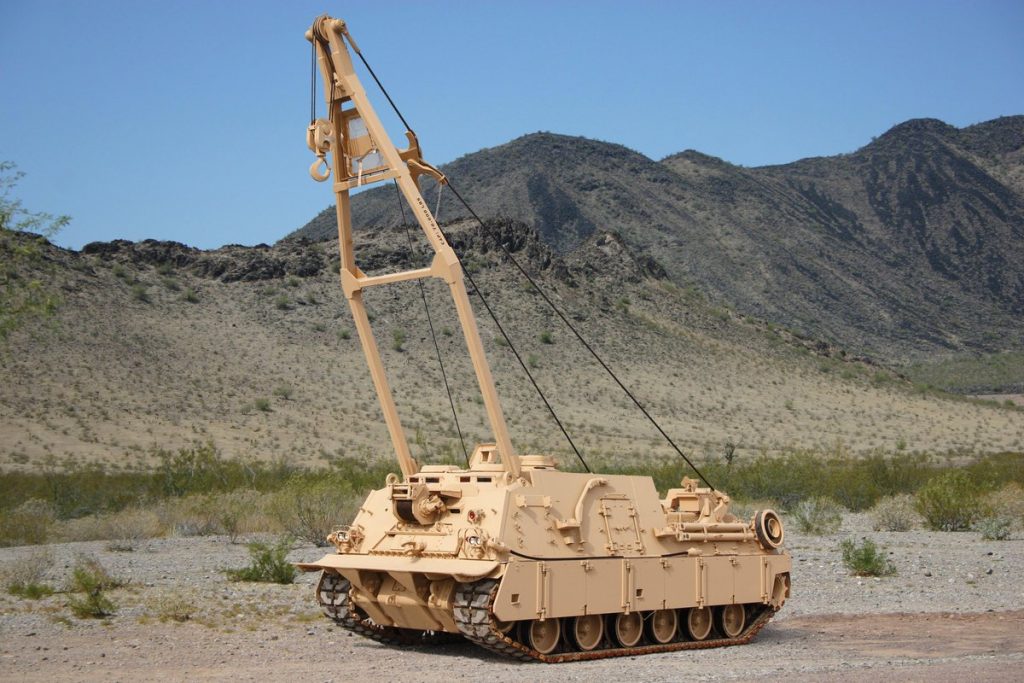BAE Systems working closely with the U.S. Army to understand future of recovery vehicle
Posted on
BAE Systems has announced that the company working closely with the U.S. Army to understand future recovery needs, and is partnering with others in industry to find the best technologies and solutions available.
According company, the evolution of the main battle tank is of particular interest to the M88 recovery vehicles modernization team because it is one of the heaviest vehicles in the fleet.
“The M88 has a long and exemplary history as a recovery vehicle and we’re excited to be a part of its future,” said John Tile, director of Recovery Programs at BAE Systems. “Providing the Army’s recovery fleet is important to getting disabled tanks and our troops out of harm’s way in the most expedient way possible. We’re already looking at ways to retain that capability as the vehicles in ABCT evolve or get even heavier.”
To keep pace with weight increases in the tank, further modernization of the M88 will be required to continue to rescue stuck or disabled vehicles with a single vehicle.
When any vehicle is disabled, now and in the future, the M88 team wants to ensure the most capable workhorse in the fleet is prepared to respond.
“We are always looking to stay ahead of the curve to ensure the M88 leads the way when getting a vehicle and its crew out of a hazardous situation and to safety,” Tile said. “That’s the M88’s purpose.”
The M88 Heavy Equipment Recovery Combat Utility Lift and Evacuation System (HERCULES) improved Recovery Vehicle is the recovery system of choice for today’s 70-ton combat vehicles.
HERCULES features overlay armor protection, ballistic skirts, a longer 35-ton boom, a 140,000-pound (63,504 kg) constant pull main winch with 280 feet of cable, and an auxiliary three-ton winch to aid main winch cable deployment. The M88 HERCULES is built and equipped to be the world’s recovery champion.

Subscribe to our newsletter
Promotions, new products and sales. Directly to your inbox.
